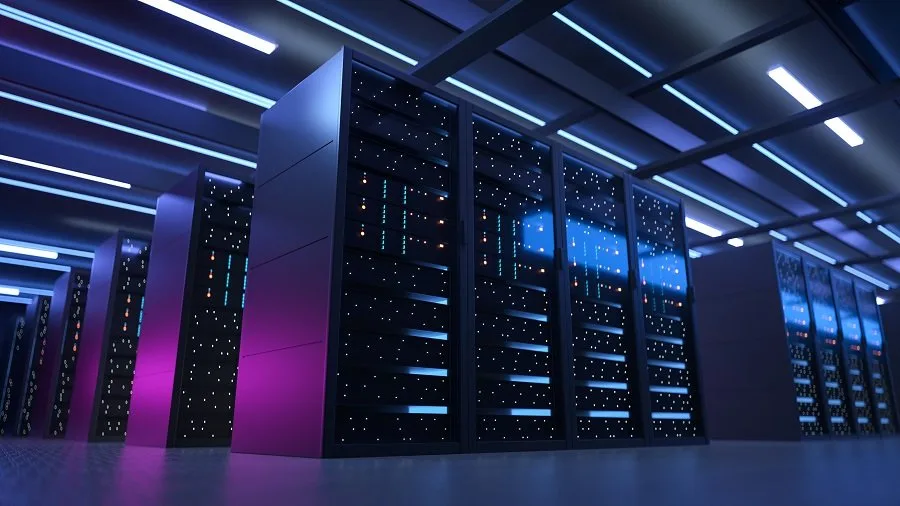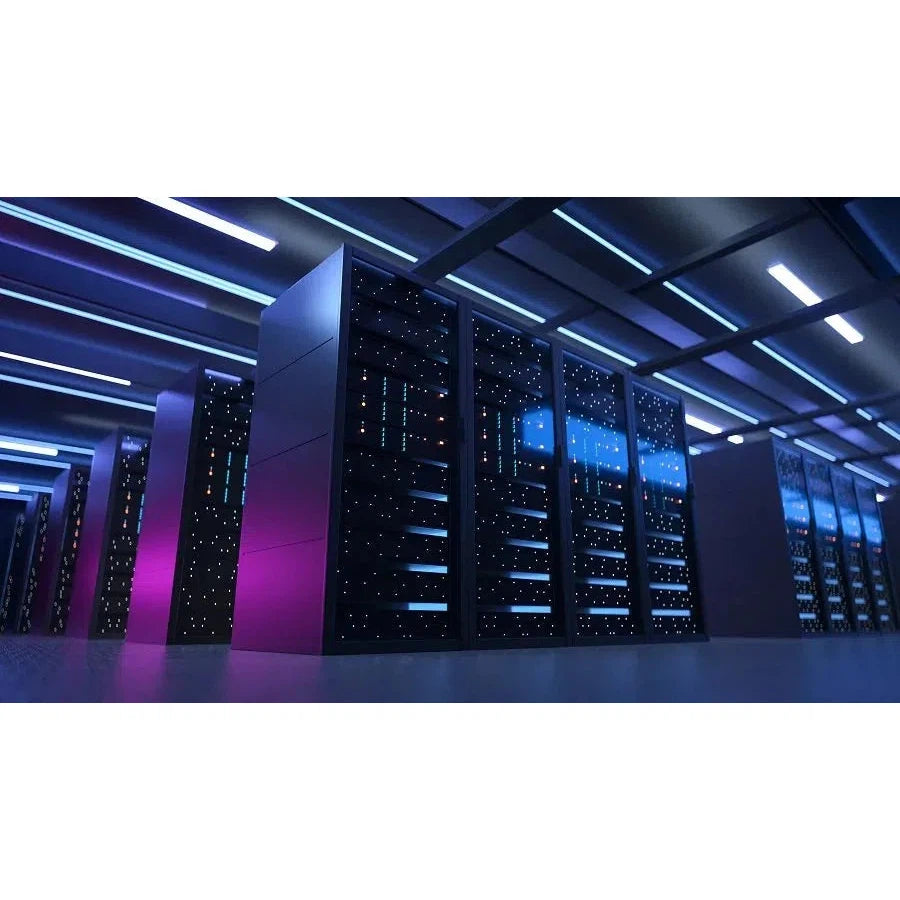As Computing Demand Rises, Data Centers Feel the Heat

In today’s digital-first world, data centers are the backbone of the internet, housing the servers and systems essential for processing, storing, and distributing vast amounts of data. As our reliance on digital services and cloud computing continues to grow exponentially, so does the demand placed on these data centers. However, this increase in computing demand brings with it a significant challenge: heat management. Let’s explore the implications of rising computing demands on data centers and how they are adapting to manage the heat effectively.
The Heat Challenge in Data Centers
Data centers consume enormous amounts of energy, not just for computing, but also for cooling the servers that are at risk of overheating. High-density computing, driven by the increasing demand for faster, more powerful processing capabilities, generates substantial heat.
The Risks of Overheating
- System Reliability: Excessive heat can lead to hardware malfunctions, decreased reliability, and potential data loss.
- Energy Efficiency: Cooling systems can consume a substantial amount of energy, thereby reducing the overall energy efficiency of data centers.
Innovative Cooling Solutions
To address these challenges, data centers are turning to innovative cooling solutions:
1. Advanced Cooling Systems
- Liquid Cooling: This involves using water or another liquid to absorb and dissipate heat. Liquid cooling is more efficient than traditional air cooling and is particularly effective for high-density setups.
- Free Cooling: Utilizing external air or water sources to cool the internal environment, free cooling systems can significantly reduce energy consumption.
2. Design and Layout Optimizations
- Hot and Cold Aisle Containment: Strategically arranged server racks can minimize the mixing of hot and cold air, improving the effectiveness of cooling systems.
- Raised Floor Designs: These allow for more efficient distribution of cooling air and better management of airflow.
Sustainable Practices
Sustainability is another critical factor driving innovation in data center cooling:
Renewable Energy Sources
- Utilizing solar, wind, or hydroelectric power for cooling operations helps reduce the carbon footprint of data centers.
Heat Reuse
- Some data centers are exploring ways to repurpose the waste heat they generate, such as heating nearby buildings or industrial processes.
The Role of AI and Automation
Artificial Intelligence (AI) and automation are playing an increasingly vital role in optimizing data center operations:
Predictive Analytics
- AI can predict peak load times and adjust cooling systems accordingly, enhancing energy efficiency.
- Automated systems can continuously monitor and adjust cooling based on real-time data, ensuring optimal performance.
The Future of Data Centers
As computing demands continue to soar, the challenge of managing heat in data centers will only intensify. The future lies in innovative cooling solutions, sustainable practices, and the integration of AI and automation. These advancements are not just about keeping the servers cool; they are about ensuring the reliability, efficiency, and sustainability of the digital infrastructure that modern life depends on.
Conclusion
The increasing demand for computing power is heating up data centers, pushing the industry towards innovative solutions for cooling and efficiency. By embracing advanced technologies, sustainable practices, and smart design, data centers can meet this challenge head-on, ensuring they continue to serve as the reliable backbone of our digital world. The evolution of data center cooling is not just a technical issue but a critical aspect of ensuring a sustainable and efficient digital future.







